Lye - Lye Information Hub
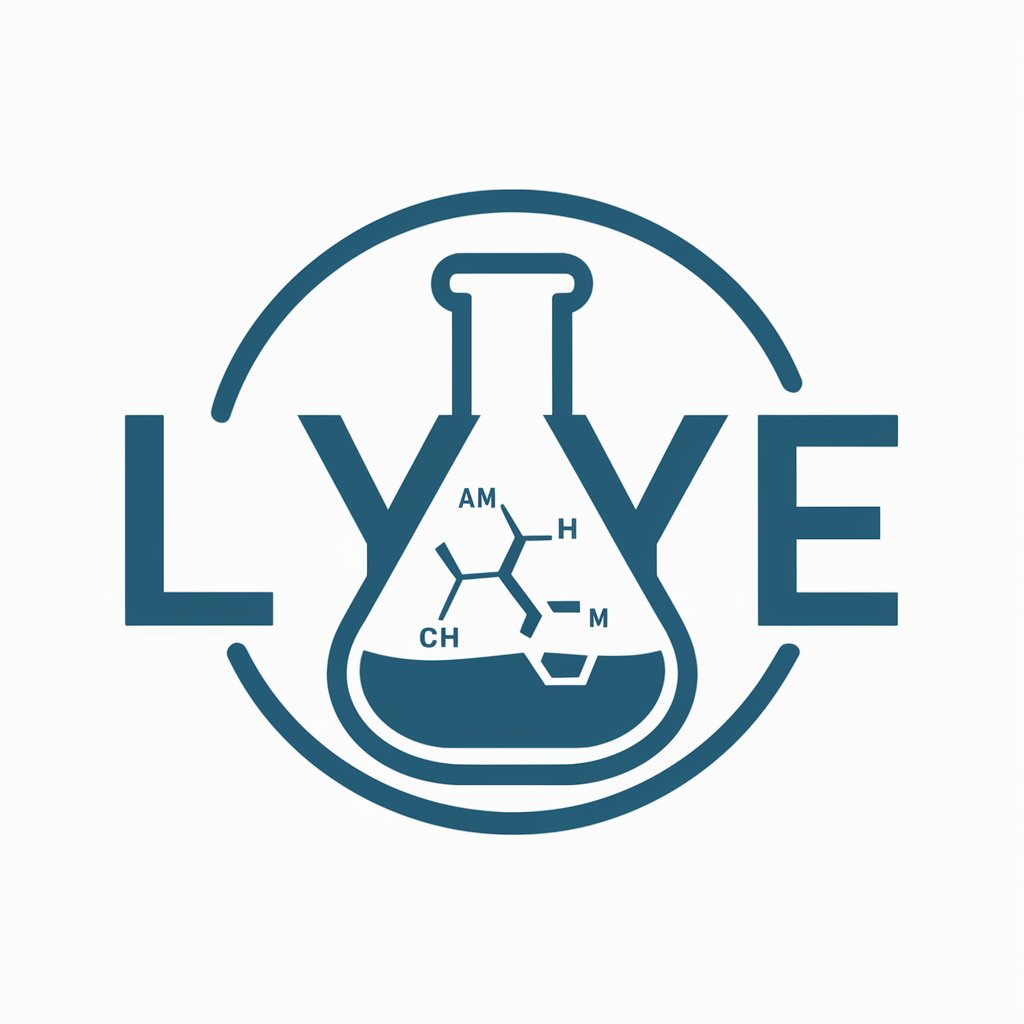
Hello! Ask me anything about the chemistry and safety of lye.
Unlocking Chemistry's Potential Safely
Can you explain the chemical composition of lye?
What are the safety precautions for handling lye?
How is lye used in soap making?
What are the common uses of lye in various industries?
Get Embed Code
Introduction to Lye
Lye, as a chemical compound, primarily refers to sodium hydroxide (NaOH) or potassium hydroxide (KOH), both of which are highly caustic bases and alkali that react strongly with water. Historically, it has been used in various industries and domestic settings, ranging from soap making to food preparation. The design purpose of Lye, in the context of this specialized GPT, is to elucidate the chemical nature, applications, safety precautions, and the broad utility of lye in a variety of contexts. For instance, in soap making, lye reacts with fats and oils in a process called saponification to produce soap, showcasing its role in transforming raw materials into products beneficial for hygiene and health. Another scenario involves its use in the food industry, where lye is used in curing olives or making traditional pretzels, demonstrating its versatility and the importance of understanding its properties and handling guidelines to safely utilize its benefits. Powered by ChatGPT-4o。

Main Functions of Lye
Chemical Education and Safety Information
Example
Providing detailed guidelines on the safe handling, storage, and disposal of lye to prevent chemical burns or injuries.
Scenario
In a soap making workshop, ensuring participants understand the risks associated with lye and the importance of using personal protective equipment (PPE) like gloves and goggles.
Application Guidance
Example
Offering step-by-step instructions for using lye in various applications such as soap making, drain cleaning, and food preparation.
Scenario
Assisting a home soap maker in calculating the correct lye-to-oil ratio for creating a batch of soap, ensuring a successful saponification process.
Chemical Process Explanation
Example
Explaining the science behind lye's role in chemical reactions, such as saponification in soap making or its use in biodiesel production.
Scenario
Providing a detailed chemical breakdown of how lye reacts with vegetable oils to create biodiesel, supporting sustainable fuel initiatives.
Ideal Users of Lye Services
Chemistry Enthusiasts and Students
Individuals with a keen interest in chemistry or students pursuing chemical education, who seek to understand the fundamental principles of chemical reactions involving lye and its applications in everyday life.
Soap and Cosmetic Crafters
Hobbyists and professionals in the soap making and cosmetic industry who use lye as a key ingredient in their products and require guidance on safe handling practices and formulation advice.
Food Industry Professionals
Chefs and food producers who utilize lye in food preparation, such as in pretzel baking or olive curing, and need to understand the safe and effective use of lye to ensure consumer safety.

Guidelines for Using Lye
Initiate your experience
Start by exploring yeschat.ai for a no-login-required, complimentary trial to familiarize yourself with advanced conversational interfaces.
Understand safety measures
Before handling lye, equip yourself with safety gear including gloves and eye protection to avoid chemical burns.
Prepare your workspace
Ensure a well-ventilated area and have vinegar or citric acid on hand to neutralize spills.
Measure accurately
Use precise measurements for lye and other ingredients to ensure the success of your project, typically in soap making or drain cleaning.
Follow specific guidelines
Adhere to detailed instructions for your specific use case, whether it's soap making or another application, to achieve optimal results.
Try other advanced and practical GPTs
しんご
Crafting Characters, Enriching Stories

NeuroPup
Empowering Dog Owners with AI-Driven Advice
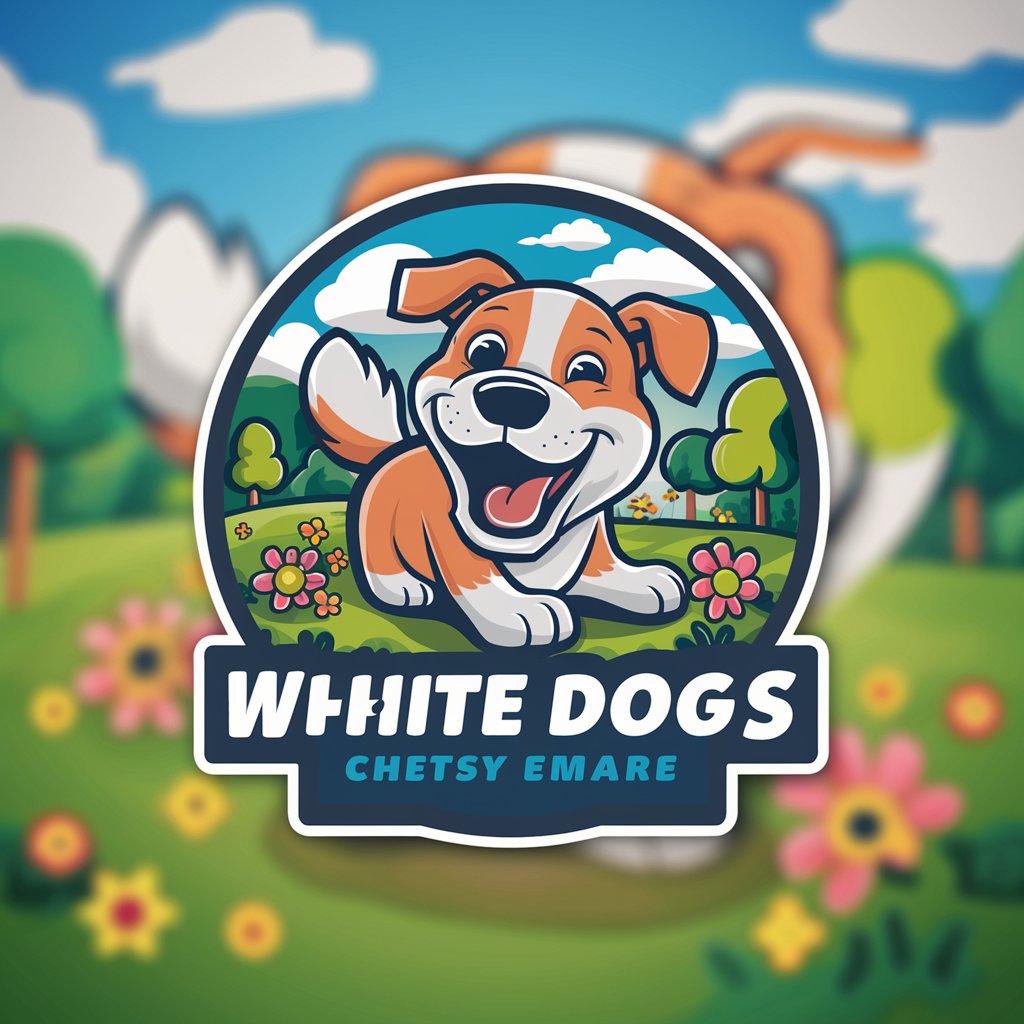
Disabilities
Empowering Lives with AI-Powered Support
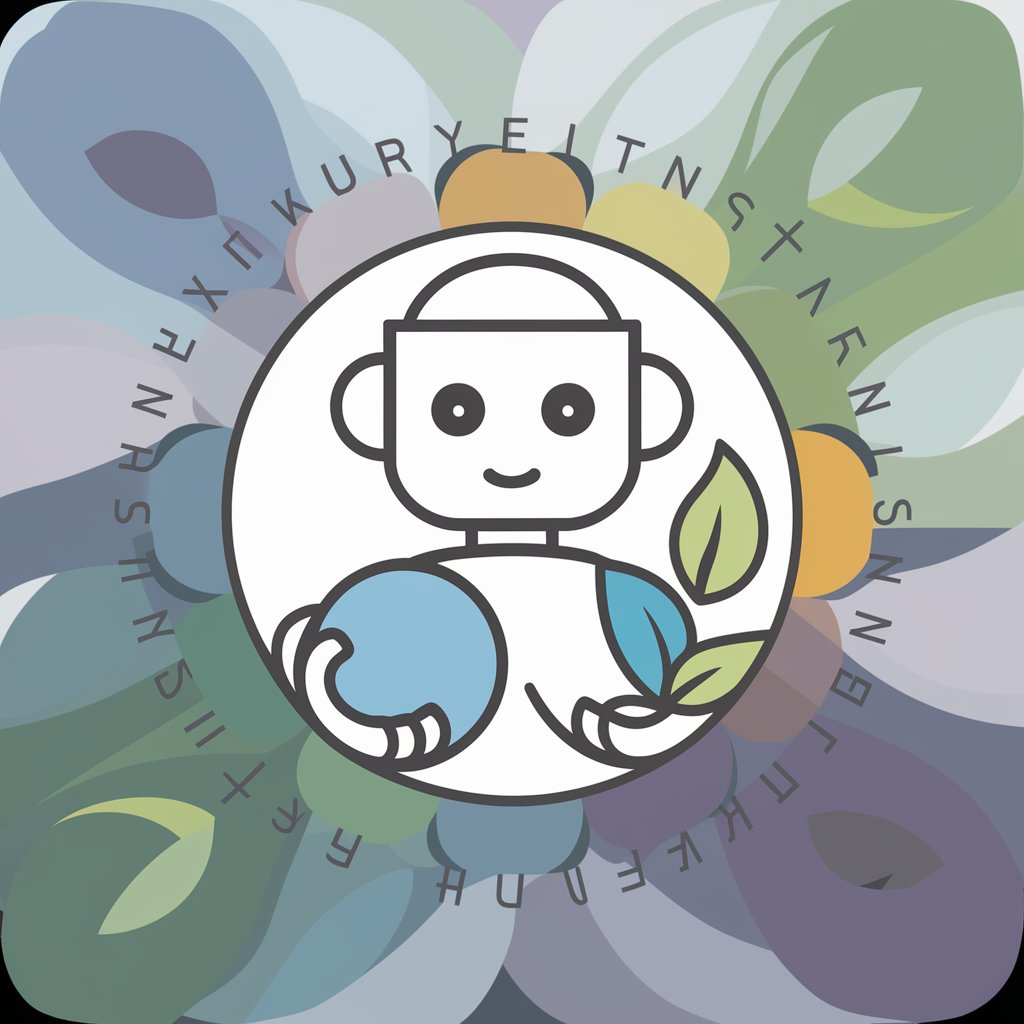
Alabama
Explore Alabama through AI

JP ↔ EN
AI-powered, nuanced language translations
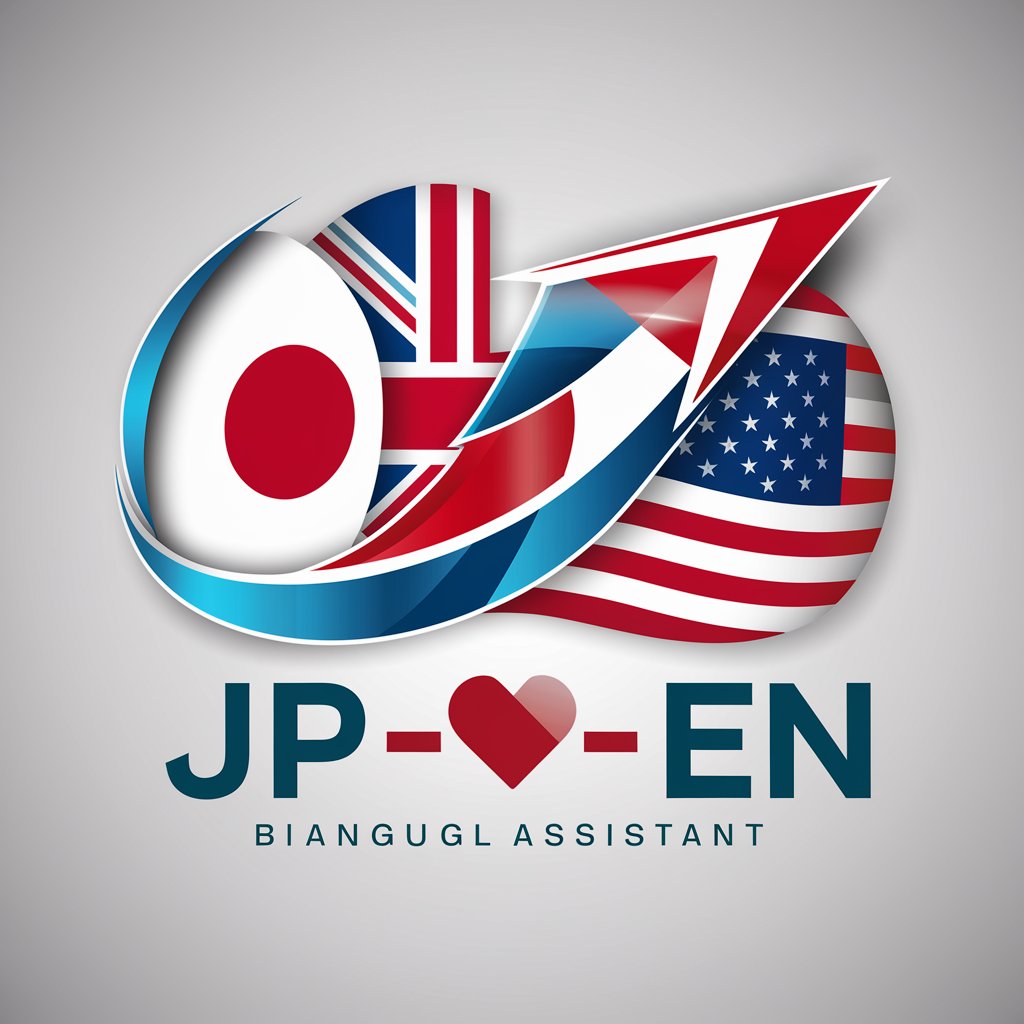
メンターちゃん
Empowering Your Gaming and Entrepreneurial Journey with AI

Palestine
Exploring Palestine through AI

Clocks
Unlock Time's Secrets with AI

PósFisioterapiaETerapiaOcupacional
Revolutionizing Physiotherapy and Occupational Therapy Research
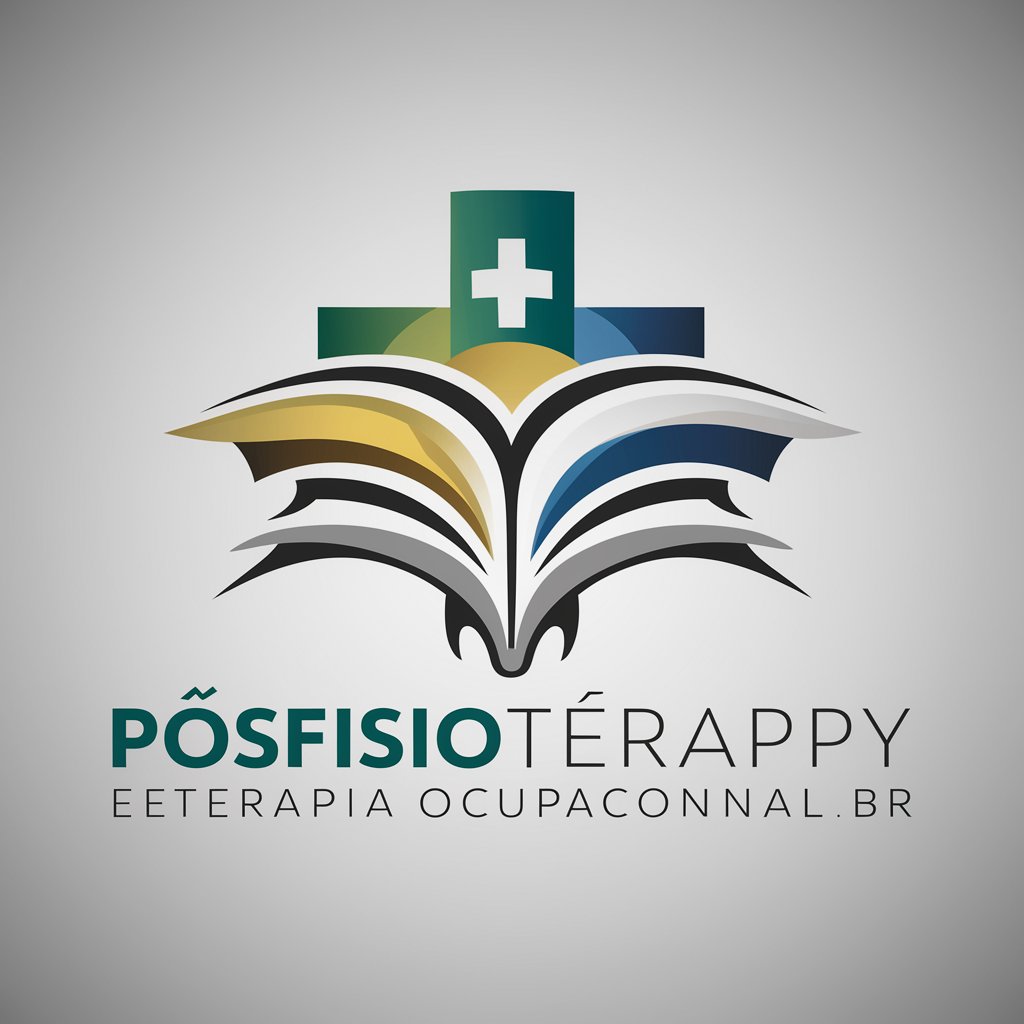
Payment
Empowering secure, AI-driven transactions

Accessible
Empowering Inclusivity with AI

Minnesota
Unlock the Heart of Minnesota with AI

Detailed Q&A About Lye
What is lye and what are its main components?
Lye refers to a strong alkaline solution, commonly sodium hydroxide (NaOH) or potassium hydroxide (KOH), used in various applications like soap making and drain cleaning.
How do you safely store lye?
Store lye in airtight, chemical-resistant containers, clearly labeled, and away from children, pets, and food items to prevent accidental ingestion or contact.
Can lye be used in food preparation?
Yes, lye is used in food preparation, such as in curing olives and making traditional pretzels, but it must be handled with care and in accordance with food safety regulations.
What first aid steps should be taken in case of lye exposure?
In case of skin or eye contact, rinse immediately with plenty of water for at least 15 minutes and seek medical attention. For ingestion, do not induce vomiting and consult a poison control center or doctor immediately.
How does lye react with fats and oils in soap making?
In soap making, lye reacts with fats and oils in a process called saponification, converting them into soap and glycerol, which results in a cleansing product that's safe for use after curing.
